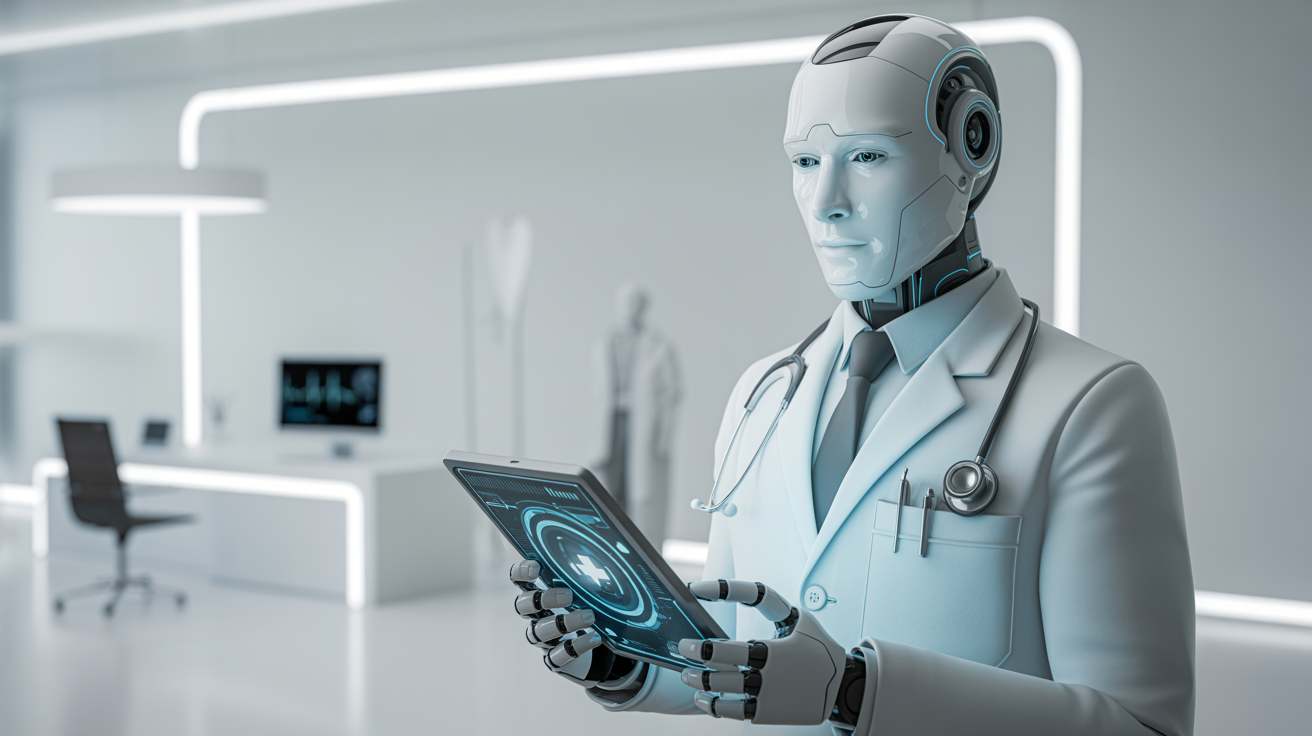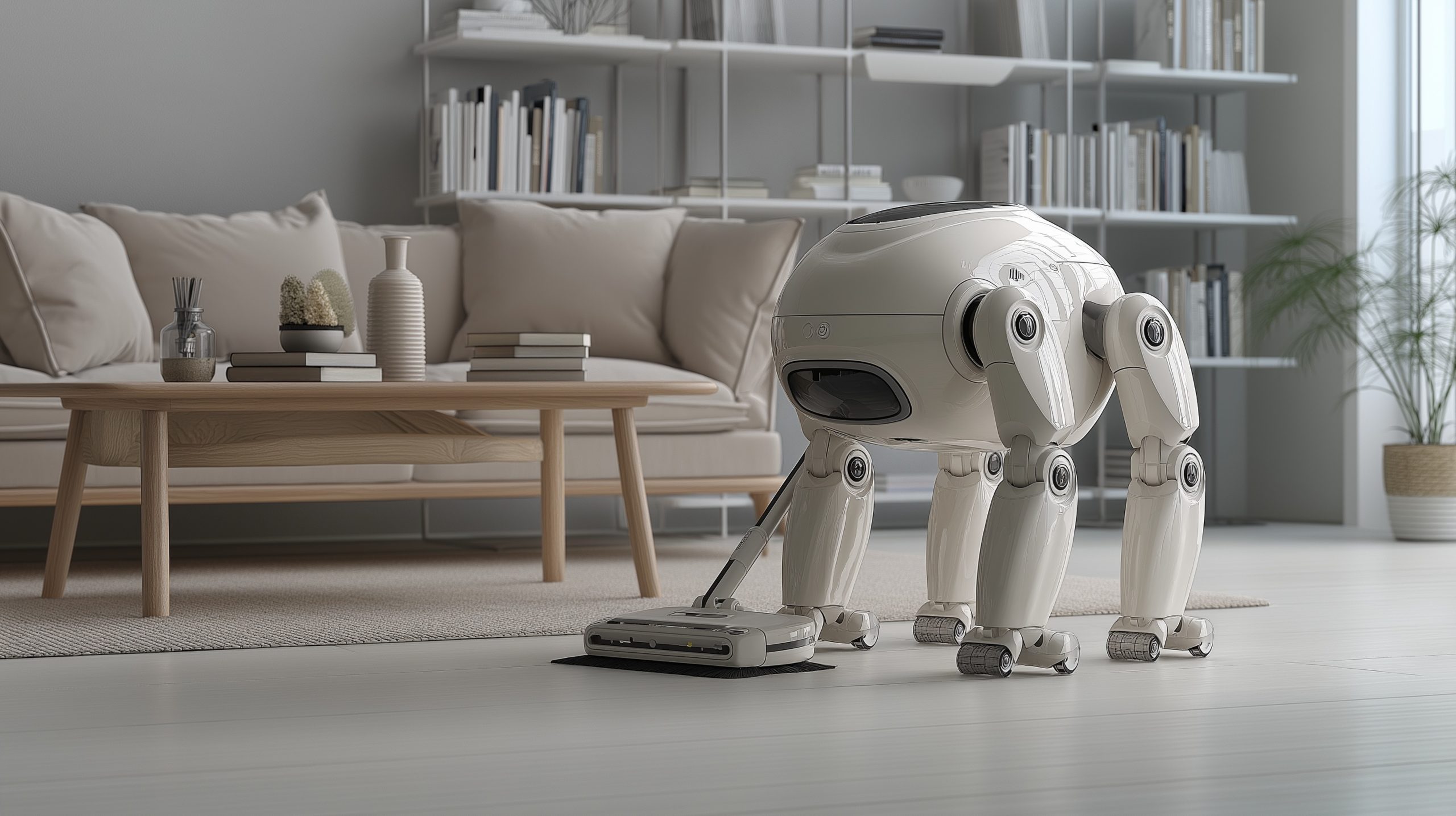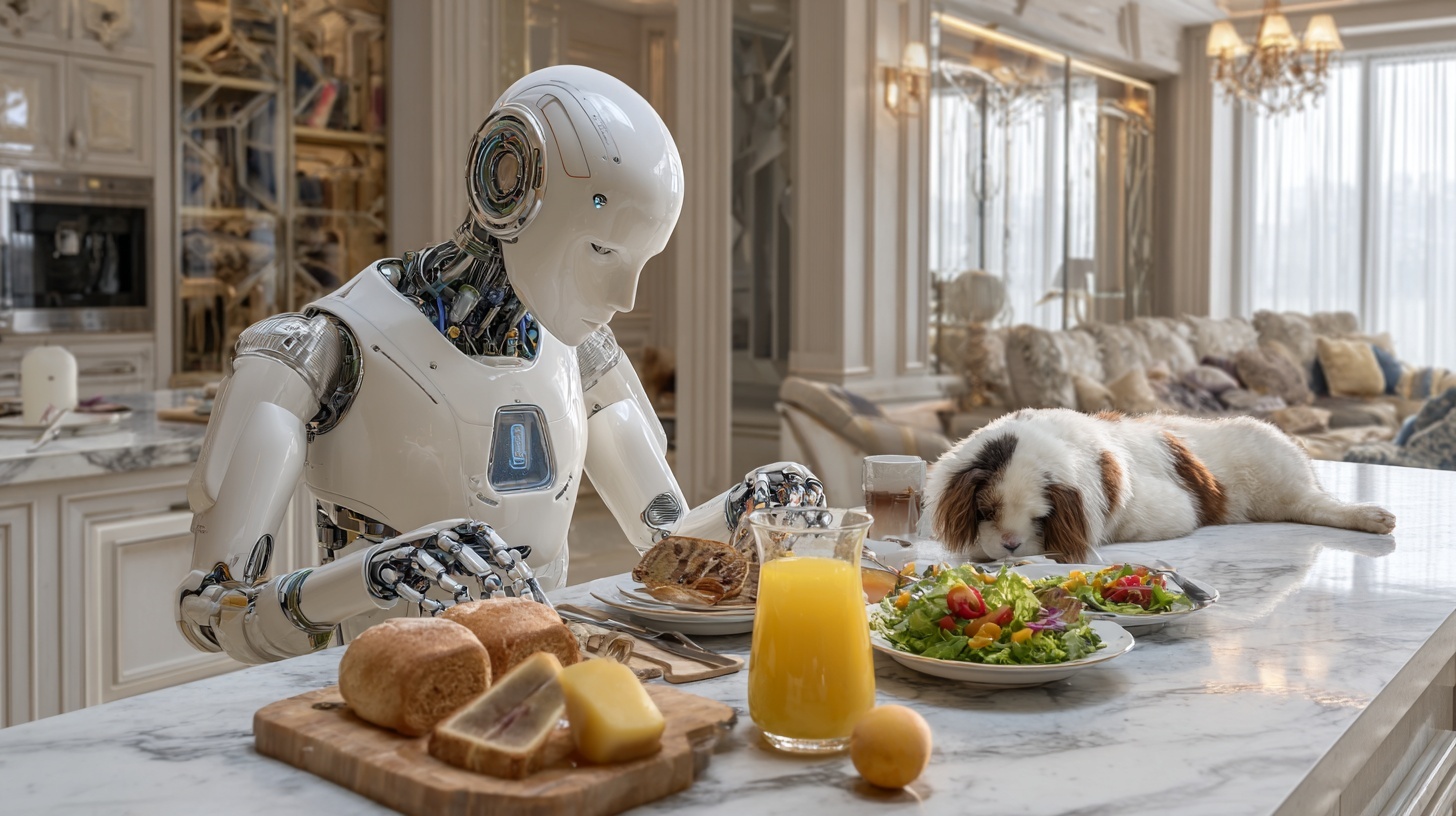By Futurist Thomas Frey
Scientists at Georgia Institute of Technology have created a robotic eye that sees better than human eyes. Not just “pretty good” or “comparable”—actually superior. It can detect details as small as hair on an ant’s leg, focus instantly without mechanical parts, and operates without external power. It’s made from squishy hydrogel, requires no batteries, and changes focus by responding directly to light.
This isn’t incremental improvement. It’s a fundamental demonstration that biological human components can be exceeded by engineered alternatives. And once you’ve proven that principle with eyes, a profound question emerges: What other parts of our body can be radically improved?
The answer is: almost everything. We’re approaching an era where “human” becomes the baseline, not the ceiling. Where biological limitations become choices rather than constraints. Where upgrading your body becomes as normal as upgrading your phone.
And it’s coming faster than most people realize.
Continue reading… “Beyond Human: When Robot Eyes See Better and Bodies Become Upgradeable”












